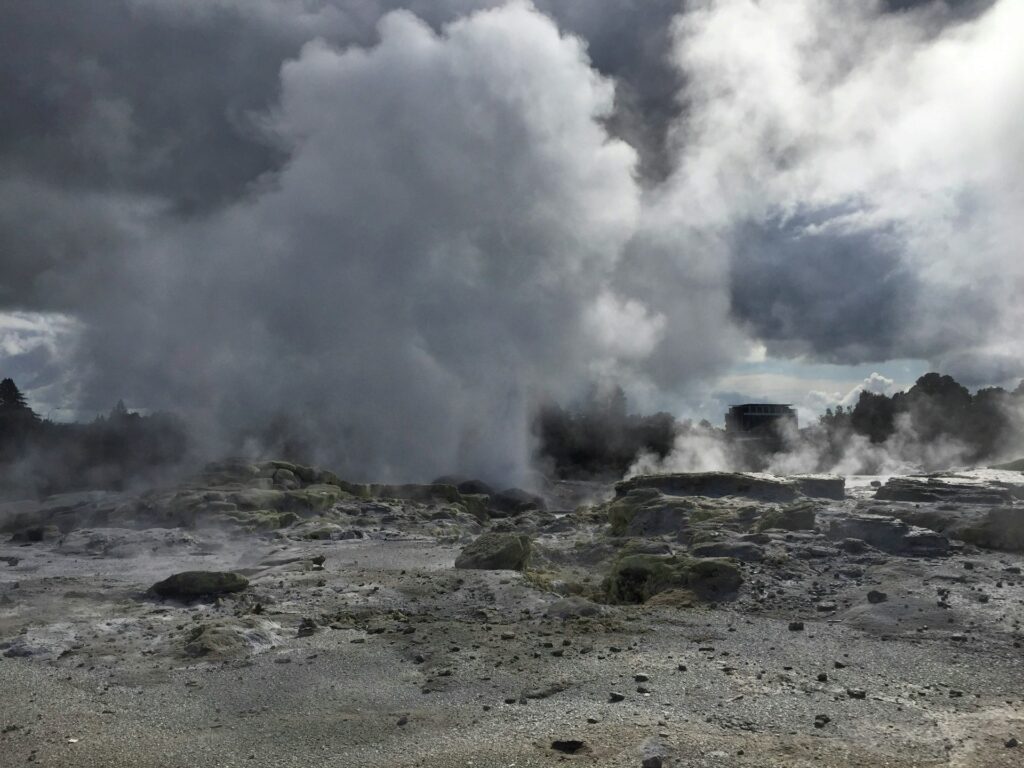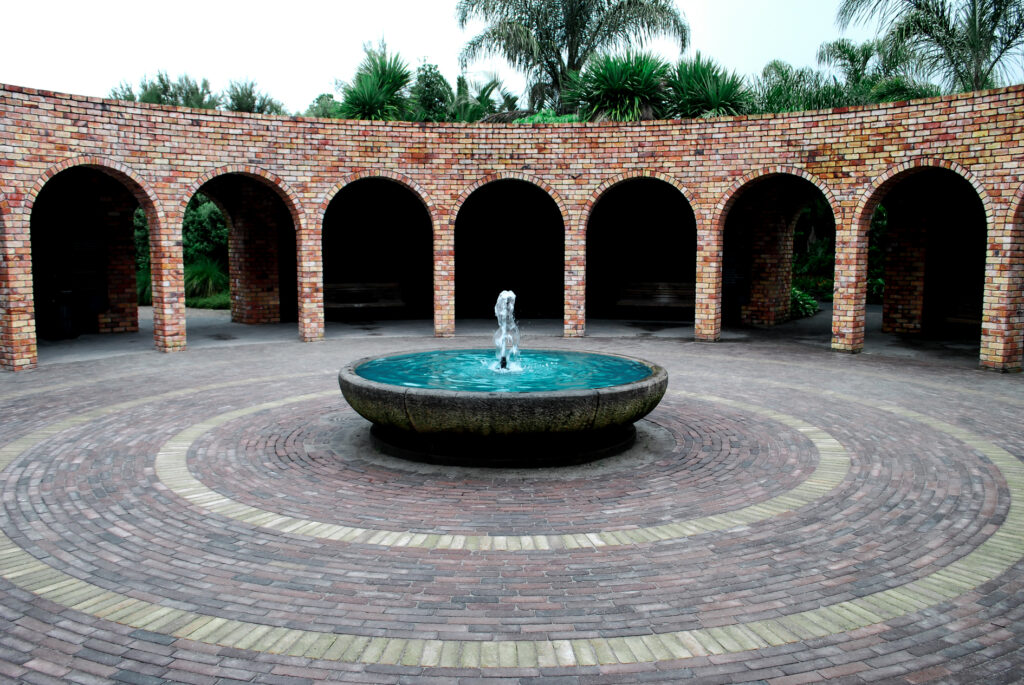Hamilton is facing the climate crisis head-on, with increasingly erratic weather and heavier rainfall. This article explores the implications of these shifts, the vital role of effective drainage, and new concepts in spouting and gutters to prepare homes and businesses for a changing climate.
Looking at How Climate Change Affects Hamilton
How the Climate is Shifting
Hamilton’s weather is going through noticeable changes. These shifts, caused by global climate change, are making an impact on the region.
More Rainfall: Hamilton has experienced a noticeable jump in yearly rainfall. This has caused stronger and more frequent rainstorms.
Higher Flood Risks: Heavier rains have made flooding in cities a bigger problem. It puts homes, businesses, and public infrastructure in danger.
Ecosystem Changes: Shifts in weather patterns disturb local plants and animals. This creates issues for ecosystems and impacts biodiversity.
What’s Causing the Changes?
A mix of reasons explains why rainfall has gone up. These include:
Greenhouse Gas Emissions: Burning fossil fuels gives off carbon dioxide and other gases that can trap heat in the air. This changes weather patterns and warms the planet.
Urbanisation: As Hamilton grows, more surfaces like roads and buildings replace natural ground. This increases water runoff and raises the chances of floods.
Why Guttering and Spouting Systems Matter
As intense rainfall becomes more frequent, reliable guttering and spouting systems are no longer optional; they’re essential. These systems play a key role in managing stormwater, protecting your property, and reducing the risk of any water-related damage.

The Need for Better Guttering
Prevent Water Damage:
Well-functioning gutters and downpipes will direct the rainwater away from your building’s foundation, exterior walls, and it’s roofline. This helps to prevent any water from seeping into basements, which can weaken the foundations, and can cause rot and mould issues.
Minimise Flooding Risks:
An efficient guttering system helps to reduce the chance of localised flooding by making sure that water is channelled away quickly and safely. This is especially important during storms when drainage systems are pushed to their limits.
Protect Landscaping and Exterior Surfaces:
Overflowing or poorly directed water can actually erode soil, damage plants, and cause staining on walls or paths. Proper guttering helps preserve the appearance and value of your property.
How to Improve Your Gutter System
If you want to prepare your home or commercial property for heavier rainfall, then consider the following upgrades:
– Inspect Your Gutters Regularly:
Keep an eye out for signs of clogging, sagging, rust, or leaks. Also clearing debris and fixing minor issues early can prevent any substantial problems further down the track.
– Upgrade to Durable Materials:
Materials such as Colorsteel, stainless steel, or high-quality aluminium will offer strength and longevity, standing up better to harsh weather conditions.
– Install Larger Capacity Gutters:
Wider gutters and larger downpipes improve the flow of water and reduce the risk of overflow during heavy rain events. This is especially useful for properties that have larger roof areas.
– Consider Additional Features:
Such as leaf guards, rainwater diverters, and well-placed downpipes, as these can improve performance and reduce maintenance costs.

Don’t Forget About Drainage
While gutters and spouting are crucial, drainage is just as important. Without an effective drainage system to carry water away from your home or building, even the best gutters will struggle to prevent flooding. See professional drainlayers in Hamilton for assistance with new drainage.
Surface Drainage: Ensure your property has proper grading so water naturally flows away from the foundation. Use channels, swales, or drains where needed.
Subsurface Drainage: For areas that get waterlogged, install soak pits or French drains to absorb and redirect excess water underground.
Stormwater Management: Connecting downpipes to stormwater systems, rather than letting water pool around your property, can significantly reduce flood risks.
Getting Ready for Heavy Rain: Practical Tips for Locals
Upgrading Your Home
People can take steps to protect their homes from heavy rain:
Set Up Rainwater Tanks: Using tanks to store rainwater helps control runoff and gives you an eco-friendly water supply to use in gardens.
Plan Your Landscaping: Shape your yard to guide water away from the house. Use swales or rain gardens to soak up extra rainwater.
Do Regular Checks: Clean your gutters and downspouts so they work well when storms hit.
Community Efforts
In Hamilton, both local leaders and community groups are working on ways to deal with issues linked to climate change.
Flood Management Plans: The city is forming detailed strategies to manage floods and reduce problems caused by heavy rain.
Public Awareness Campaigns: Helping residents learn about proper drainage and getting ready for floods is key to making neighbourhoods stronger against disasters.
How Technology Helps with Flood Management
Creative Solutions
New technology is offering fresh ways to handle heavy rains:
Smart Drainage Systems: These use sensors to track water levels and control drainage to stop overflows.
Predictive Analytics: Using data can help to predict rainfall patterns so there is better planning in place and quicker actions.
Involving the Community
It’s crucial to involve the community in using these new technologies. By hosting workshops and holding info sessions, we can empower people in the area to learn and start using tools and habits that make them better prepared for floods.
Hamilton Residents, It’s Time to Act
Hamilton is already feeling the impact of climate change with more intense rain. The time to act is now. By fixing gutters, setting up proper drainage, and joining local efforts, we can all play a part in reducing the damage caused by these changes.
Don’t wait until the next storm arrives. Start taking steps today to keep your home and neighbourhood safer. Your actions can make a difference.




















